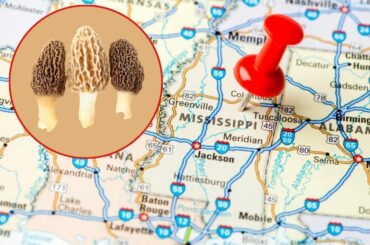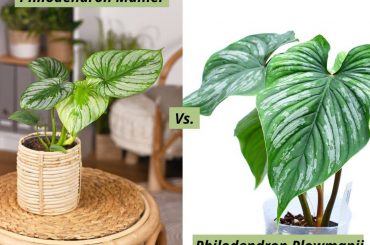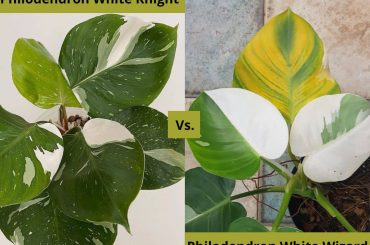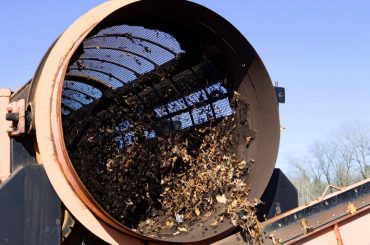Monstera species are among the most beautiful and easy-to-grow houseplants. Their large, glossy leaves and unusual flowers make a dramatic addition to any home. But What Is So Special About Monstera? There are several things that make Monstera plants stand out from other houseplants. Let’s talk about them one by one in this article.
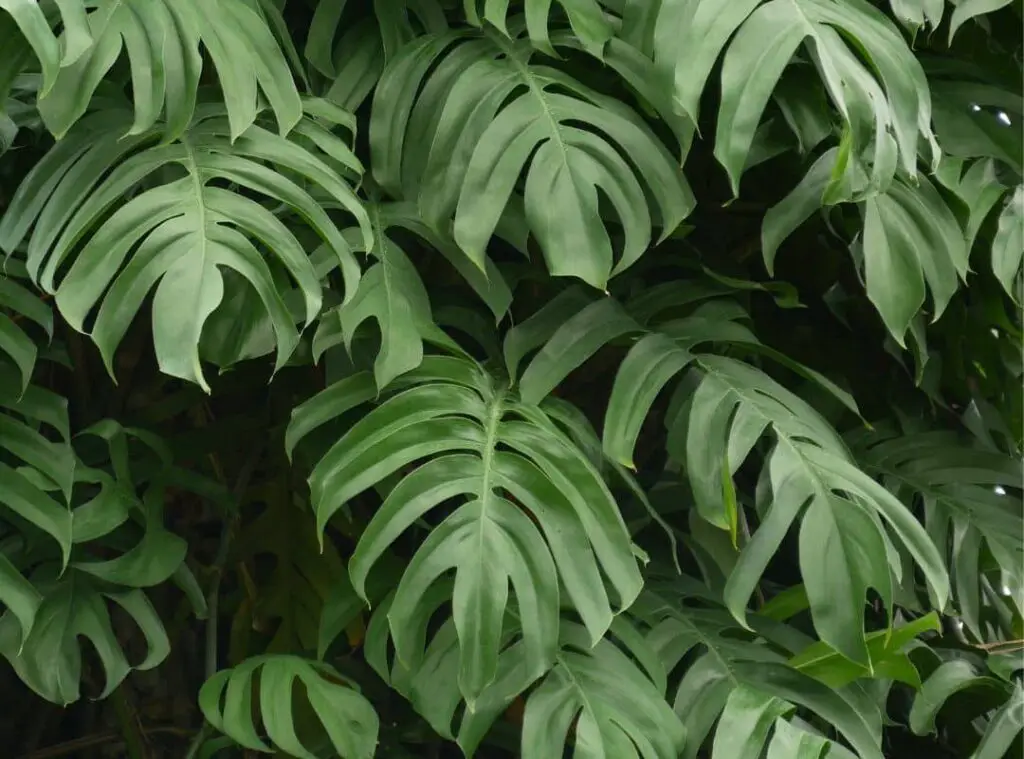
The History Of Monstera
Contents
- 1 The History Of Monstera
- 2 Why Are Monsteras So Expensive?
- 3 How Long Can A Monstera Live?
- 4 What Are The Benefits Of Having A Monstera Plant?
- 5 What Are The Different Types Of Monstera Plants?
- 6 What Is So Special About Monstera? : Interesting Facts
- 7 Monstera Plant Care
- 8 How Can I Get A Monstera To Grow Faster?
- 9 Can I Leave My Monstera In The Water Forever?
- 10 Related questions
- 11 Conclusion : What Is So Special About Monstera?
The first thing that makes Monstera special is its history. This plant has a long and fascinating history that dates back to 1963. The Monstera was discovered and characterized by the French botanist Charles Plumier. The King of France was so pleased with this find that he made Plumier the Royal Botanist.
He saw the Monstera Adansonii and named it Arum hederaceum amplis follies perforatis, which was Charles Plumier’s sarcastic way of explaining in Latin that it was an arum plant with powerfully pierced leaves. The amazing thing is that you can really locate a scan of Charles Plumier’s original transcript online. The description is on page 46, and the first western picture of the Monstera Adansonii is on page 169.
Linnaeus, the naturalist, duplicated the description of the plant in 1763 but decided to title it Dracontium pertusum. However, this was a dishonorable thing to do as a botanist because the Dracontium family of plants has blooms with petals. This is not present in the Monstera. Linnaeus was correct about pertusum, which simply means “holes.”
In 1763, the Monstera Adansonii was already widely used as a houseplant in England and Holland. During this time, the French botanist Adanson gave it its full name. The Monstera has been popular ever since, as evidenced by the fact that the official aroid society (yes, there is such a thing) featured it on the cover of its inaugural international aroid journal. The name “Monstera” derives from the Latin word for “monster” or “monstrous.” This is fitting, as the plant can grow quite large if given the proper conditions.
Monstera Deliciosa
One of the most popular Monstera species is the Monstera deliciosa. This plant is also known as the Swiss cheese plant, fruit salad plant, or split-leaf philodendron. Monstera deliciosa is a climber vine that can reach a height of 20 feet. The leaves of this plant are quite large and deeply lobed with distinctive holes or fenestrations. Monstera deliciosa fruit is edible and has a sweet, pineapple-like flavor. It is frequently used as a garnish or in salads.
Monstera deliciosa plant is native to the tropical rainforests of Mexico, Panama, and Colombia. It prefers warm, humid conditions and does not tolerate cold temperatures. Monstera deliciosa is a popular houseplant and is relatively easy to care for. It can be grown in a pot or on the ground. This plant appreciates indirect light but will tolerate partial shade.
Why Are Monsteras So Expensive?
If you’ve ever shopped for a Monstera plant, you may have noticed that they can be quite expensive. So, why are Monsteras so pricey? There are a few reasons for this. First, Monsteras are native to tropical rainforests, which are becoming increasingly endangered. This makes them rarer and more difficult to find.
Second, Monsteras are slow-growing plants. It can take up to 15 years for a Monstera to reach its full size. This slow growth rate makes them a bit more challenging to propagate, which also contributes to their high cost. Finally, Monsteras are simply in high demand. Their unique leaves and easy-care nature make them a popular choice for both indoor and outdoor gardens.
While Monsteras may be on the pricier side, they are definitely worth the investment. These beautiful plants can add a touch of tropical elegance to any home or garden. So, if you’re looking to add a Monstera to your collection, be prepared to pay a bit of a premium. But trust us, it will be worth it!
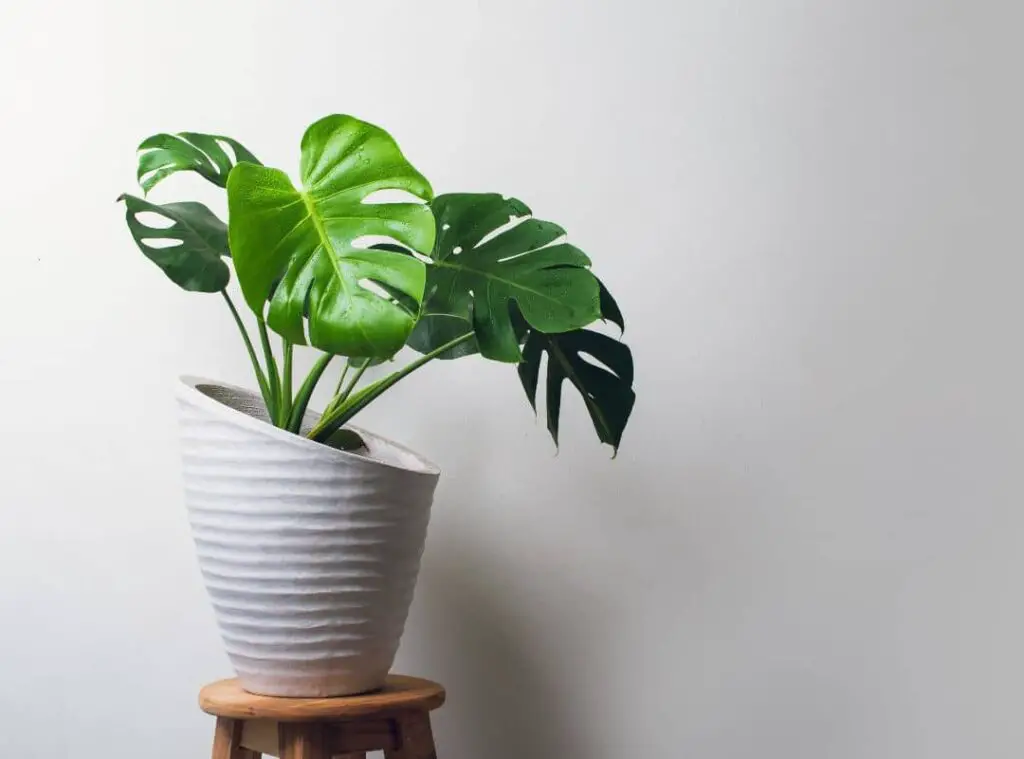
How Long Can A Monstera Live?
A Monstera plant can live for many years with the proper care. In fact, some Monsteras have been known to last for over 40 years! Of course, the lifespan of a Monstera will depend on several factors, such as the type of plant, growing conditions, and care. For example, a Monstera grown in ideal conditions (warm temperatures, high humidity, bright light, etc.) will likely live longer than one that is not. Additionally, a plant that is well-cared for will usually outlive one that is neglected.
So, a Monstera is a great option if you’re looking for a long-lasting houseplant. Just be sure to give it the care it needs to thrive.
What Are The Benefits Of Having A Monstera Plant?
Monstera is sure popular for its good looks, but this plant is also known for its many benefits. Here are a few reasons why you should think about adding a Monstera to your house or garden:
Monsteras can purify the air.
Monsteras are great for purifying the air. According to the NASA Clean Air Study, plants with large, broad leaves can remove certain toxins from the air, and Monstera is one of those plants. While they might not remove each and every toxic particle floating indoors, growing these plants in your home will help remove some harmful substances from the air you’re breathing. This is especially beneficial for people with allergies or asthma, as it can help to improve their respiratory health.
Monsteras can help reduce stress and anxiety levels.
Look no farther than the Monstera for a plant that can help lower stress and anxiety levels. Spending time with plants has been demonstrated in studies to help reduce stress and anxiety, improve moods, and promote cognitive function.
Monstera is a plant that can grow indoors due to its air purifying benefits; therefore, you can keep this plant near you. As plants can reduce stress and anxiety, having a Monstera in your home can help you to feel more calm and relaxed.
Monsteras can boost your immune system.
Houseplants are not only great for improving your mental health, but they can also boost your immune system. Studies have shown that plants can help remove harmful toxins from the air, improving respiratory health and reducing the risk of illness. Monstera plants are particularly good at boosting immunity, as they can help to remove harmful toxins such as formaldehyde from the air. Formaldehyde is a common indoor pollutant that has been linked to respiratory problems and other health issues.
So, a Monstera is a great choice if you’re looking for a plant that can help improve your health. Not only can it purify the air and boost your immune system, but it can also help to reduce stress and anxiety levels.
Monsteras have medicinal properties.
Monsteras have medicinal properties that have been used for centuries. The root of the monstera plant is used to make a remedy for snakebites in Martinique, and in Mexico, the plant is used in the relief of arthritis symptoms. The sap from the leaves is used to heal cuts and bruises in Brazil, while the juice from the fruit is used as a natural remedy to increase stamina and raise energy levels.
According to Chinese beliefs, different parts of the plant are effective treatments for a variety of ailments, such as bruises, coughs, fevers, and infections. It is not clear how these remedies work or how they are prepared; therefore, we recommend not to try this at home and consult a professional if you want to use Monstera for medicinal purposes.
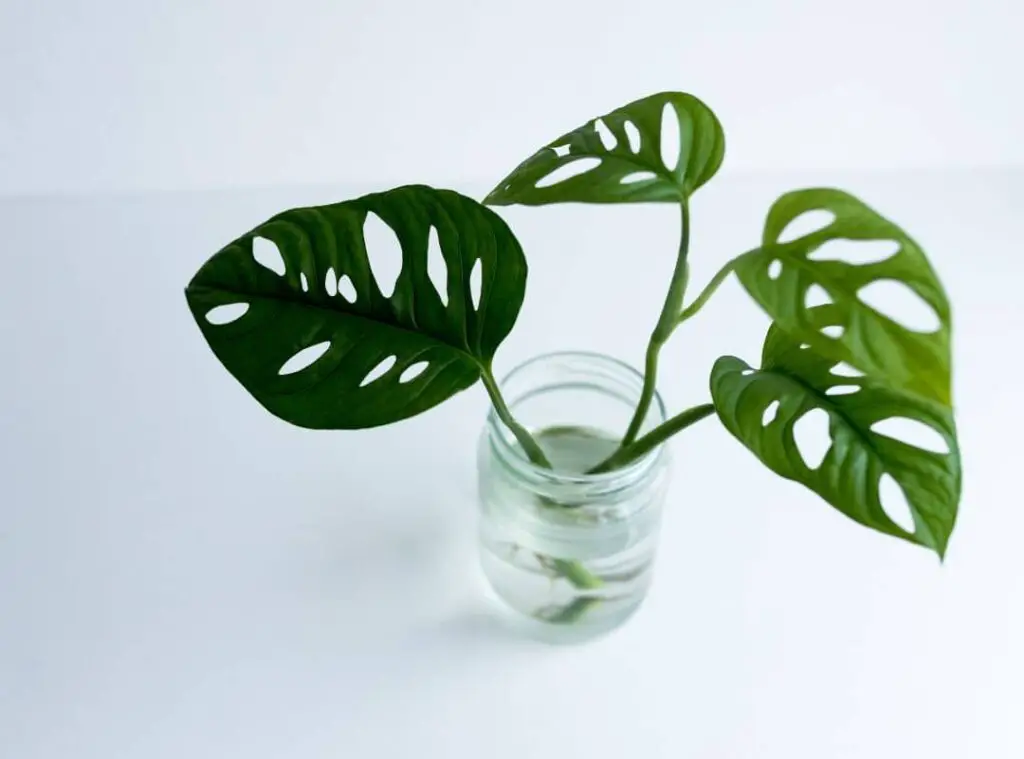
Monsteras produce edible, delicious fruit.
While not all Monsteras are edible, the fruit from the Monstera deliciosa is edible and delicious. The ripe Monstera fruit tastes like a cross between a pineapple and a banana and can be eaten raw or cooked. The seeds of the Monstera fruit are also edible and are often used in baking or as a topping for desserts.
But, a little word of caution The unripe fruit of the Monstera deliciosa is poisonous and can cause stomach upsets. Unripe monstera fruit contains calcium oxalate crystals, which can irritate the stomach lining and cause abdominal pain. So, make sure you wait until the fruit is ripe before you eat it.
Ornamental Value
Not only are Monsteras beautiful plants, but they also have ornamental value. The leaves of Monstera can be used to create beautiful patterns and designs. The leaves can also be used in floral arrangements or as a decoration for your home. Because of this, it has a great value in interior design, as you can use it to create unique and stylish displays.
Monstera can improve your sleep quality.
A Monstera could be the answer if you’re struggling to get a good night’s sleep. The plant produces oxygen at night, which can help to improve the quality of your sleep. In addition, the plant produces a natural humidifier, which can help to keep the air in your bedroom moist and comfortable. So, if you’re searching for a solution to help you sleep better, a Monstera is a great option.
Monsteras are easy to care for
One of the best things about Monstera is that they are easy to care for. They are low-maintenance plants that can thrive in a variety of conditions. Monsteras can be grown in both direct sunlight (only in the morning) and shade, and they prefer well-draining soil. They are also relatively drought tolerant, so you don’t need to worry about watering them too often.
Monsteras can eliminate odors.
If you want a natural solution that can help to eliminate odors, a Monstera is a great choice. The plant produces enzymes that help to break down and remove odors from the air. So, if you have a smelly bathroom or kitchen, a Monstera can help to neutralize the odors.
Monstera can control the humidity around.
The root system of a Monstera plant is very efficient in controlling the humidity around. They can absorb the air’s water and help regulate the humidity levels. This is especially helpful in tropical climates where the air can be very humid.
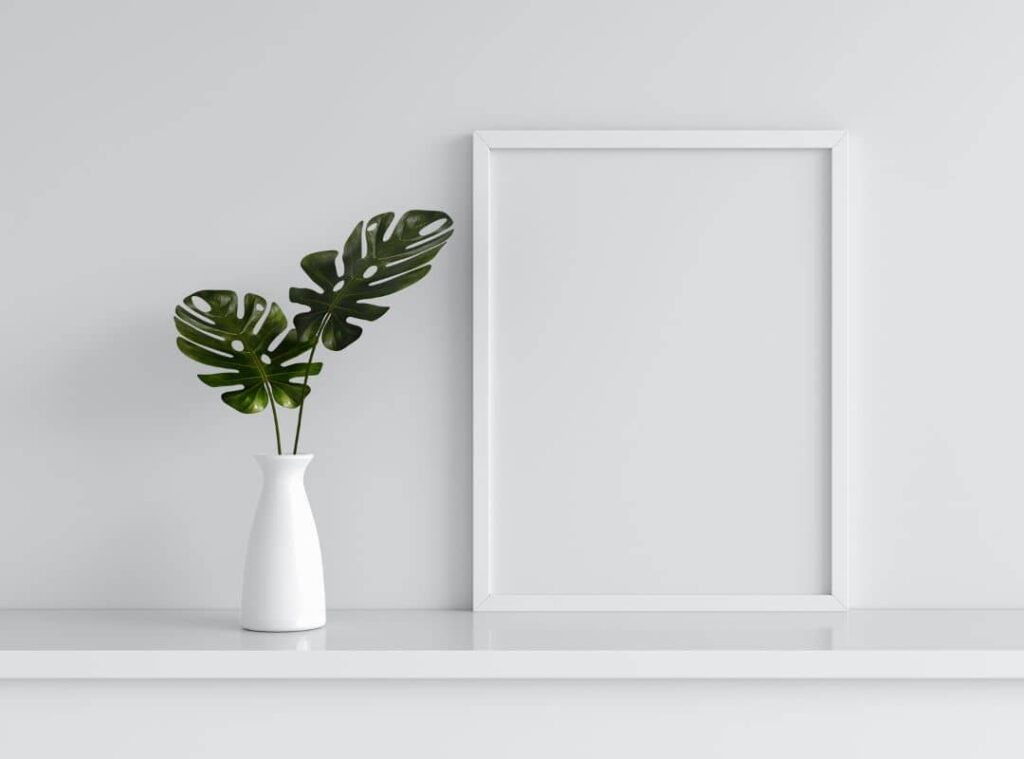
What Are The Different Types Of Monstera Plants?
There are, in fact, 48 species of Monstera plants, each with its own unique features. Here are some of the most popular types of Monstera plants:
- Monstera adansonii: This type of Monstera has large, glossy leaves that are dark green in color. The leaves have a unique fenestrated (hole-punch) pattern and can grow up to 30 inches long. This plant can grow up to 13 feet tall.
- Monstera deliciosa: This is the most popular type of Monstera and is also known as the “fruit salad plant.” As the name suggests, the plant produces edible fruit that tastes like a cross between a pineapple and a banana. The leaves of Monstera deliciosa are large and glossy, and the plant can grow up to 20 feet tall.
- Monstera obliqua: This type of Monstera has leaves that are oblong in shape and have a unique “split” pattern. The plant can grow up to 10 feet tall.
- Monstera Borsigniana: This is a rare type of Monstera that has dark green leaves with silver spots. The plant is fast growing and can grow up to 20 feet tall.
- Monstera Variegata: This type of Monstera has leaves that are variegated (have different colors). This plant is much harder to find, thus making it more expensive.
- Monstera Pinnatipartita: These plants have huge, glossy leaves with narrow slits rather than big holes that go all the way to the edge of the leaf. The plant is an aggressive climber and can reach heights of 30 feet.
As you can see, there are numerous Monstera plant varieties, each with its own distinct characteristics.
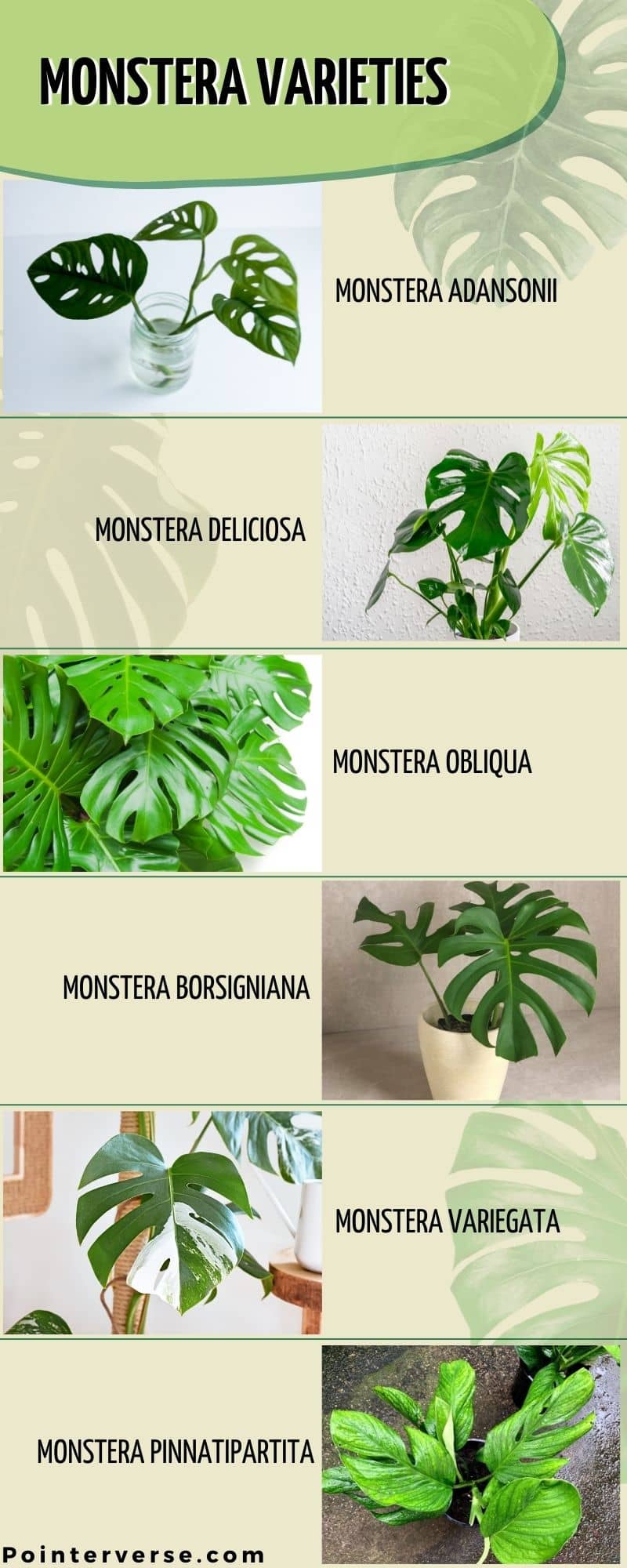
What Is So Special About Monstera? : Interesting Facts
We have shared several interesting facts (benefits) above. Listed are some other interesting facts about this plant which is not considered a benefit. But these facts also make this plant so special.
- Monstera is a vine plant, not a tree.
- The roots of the Monstera plant are used to make baskets, furniture, and ropes in some countries (Peru, Mexico, and Gauthamala).
- The Monstera plant is poisonous to pets, so keep it out of reach if you have cats or dogs.
- The plant can cause dermatitis (skin inflammation) in some people.
- The plant can become invasive in some habitats, so be careful where you plant it.
- All parts of the Monstera plant, except the ripe fruit, are poisonous.
- Monstera plant produces a white sap that can be irritating to the skin and eyes. If ingested, it can cause stomach upset.
- Unripe fruit contains saponins, hydrocyanic acid, and oxalic acid, which can cause vomiting and diarrhea.
- In feng shui, Monstera represents expansion, upward growth, and positive energy. It is believed to bring energy and expansion into various corners of your life if kept in the right place in your home.
- Monstera is a symbol of longevity in Chinese culture, as well as honoring one’s elders and respected individuals.
- In the Victorian language of flowers, the flowers of Monstera are frequently associated with “blessed,” which means they signify deep relationships, good news, and large projects.
- The holes in the Monstera leaves have a function. They are adopted with holes to withstand the heavy rainfalls in the tropical rainforest. The holes also help the plant to climb up trees by griping on them.
- The plant is native to Mexico, Panama, and Columbia. The Monstera is Usually found in tropical rainforests.
- The plant is an evergreen climber that can reach heights of 20 m in the wild. The aerial roots of the plant can grow up to 2 m long and are used by the plant to climb up trees.
- Although this plant can be easily propagated with cuttings, they usually reproduce through seedlings in the wild.
- Monstera is also known as “split leaf philodendron” but is not a philodendron.
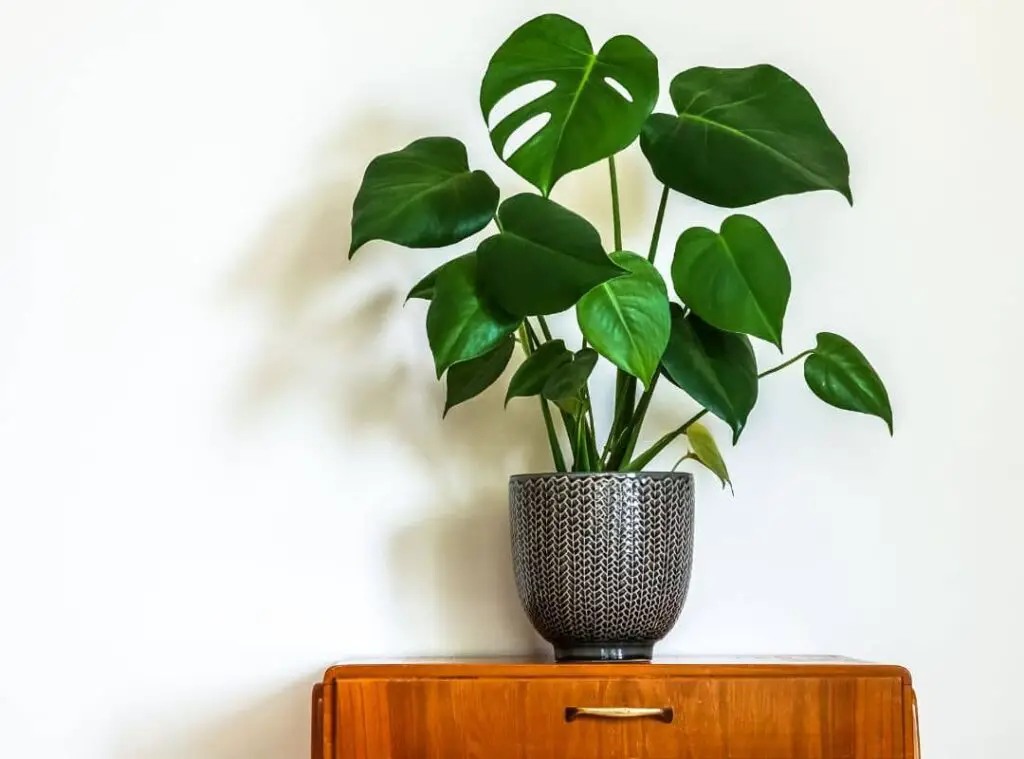
Monstera Plant Care
Caring for a Monstera is easy, as long as you provide the plant with the right conditions. Here are some tips for taking care of your Monstera plant:
Light
The plant prefers bright, indirect light but can tolerate low light conditions. If the plant leaves start to turn yellow, it indicates that the plant is not getting enough light. Young leaves tend to move into darkness. Therefore, it might need regular rotation to distribute light to all sides of the plant.
Water
The plant prefers to be kept moist but not wet. Water the plant when the top inch of soil feels dry to the touch. You will need much less watering during the winter as the plant goes into a semi-dormant state. Overwatering the Monstera plant can lead to root rot, so be careful not to water too often.
Humidity
The plant prefers high humidity but can tolerate average household humidity. If the plant’s leaves begin to brown and curl, it indicates a lack of humidity. Place the plant on a pebble tray or use a humidifier to boost the humidity around it. To improve humidity, you can spritz the plant with water.
Temperature
The plant prefers warm temperatures but can tolerate cooler temperatures as low as 50 degrees Fahrenheit. If the leaves of the plant start to turn yellow and drop, it indicates that the plant is not getting enough warmth. The ideal temperature range for the Monstera plant is 60-85 degrees Fahrenheit.
Soil
The plant prefers a well-draining, peat-moss-based potting mix. A general-purpose potting mix with perlite or pumice added for drainage can also be used.
Fertilizer
The plant prefers to be fertilized monthly during the growing season. You can use a balanced fertilizer or a fertilizer made specifically for houseplants. The plant doesn’t need feeding during the winter. In addition, you should not add any fertilizer to newly potted plants for about three months as this can damage the roots.
Repotting
The plant should be repotted every two to three years. Repotting is needed to provide the plant with fresh soil and to give it room to grow. When repotting the plant, use a pot that is slightly larger than the current pot, as the plant doesn’t like too much space.
Pruning
You can prune the plant to control its growth. Pruning also encourages the plant to produce new leaves. To prune the plant, cut back the stem to the desired length using sharp shears.
Propagation
You can easily propagate the plant from stem cuttings. To propagate the plant, take a cutting from the stem and place it in water or moist soil. The cutting will soon develop roots and can be planted in its own pot.
How Can I Get A Monstera To Grow Faster?
If you want your Monstera to grow faster, you will have to provide more light. Monstera prefers indirect light but can withstand low light levels. In low light conditions, the plant’s growth rate will be slower.
You can also fertilize the plant monthly during the growing season to encourage faster growth. Lastly, make sure to repot the plant every two to three years to provide fresh soil and room for growth.
Can I Leave My Monstera In The Water Forever?
Yes, though they require a little upkeep. They may endure in water indefinitely if cared for appropriately. If the water becomes clouded, change it; otherwise, give them a diluted hydroponic fertilizer from time to time to top up the nutrients they would have obtained from the soil.
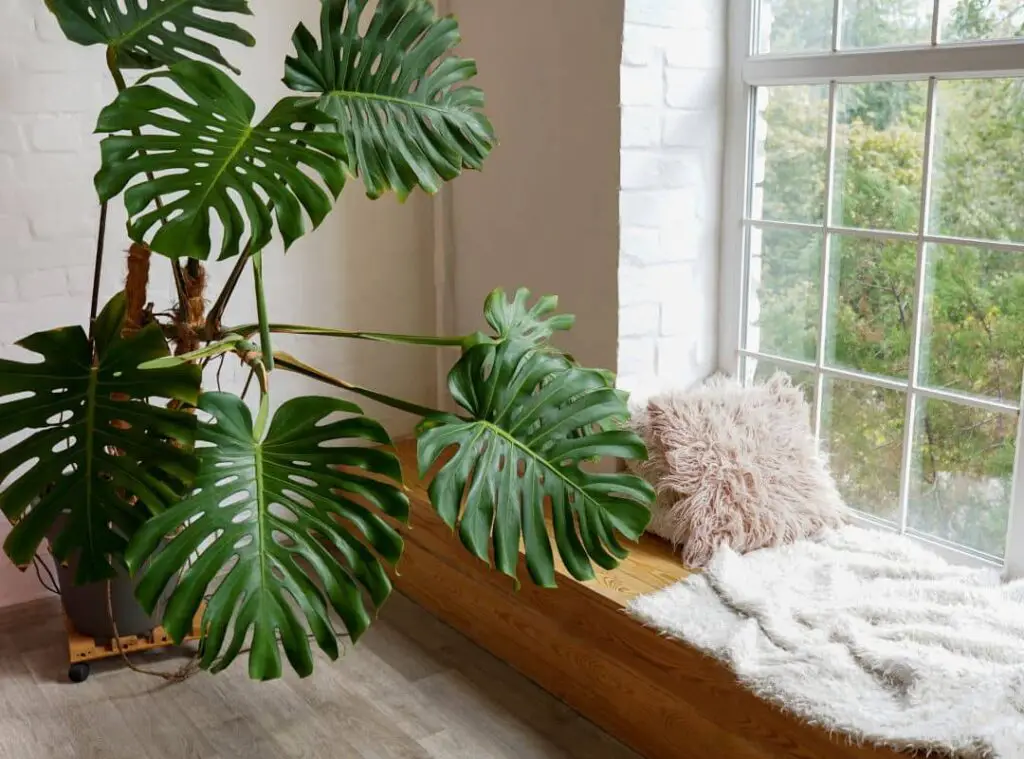
Related questions
What Is The Rarest Monstera?
The Rare Variegated Monstera (Monstera Obliqua) is the most difficult to find. Its leaves are so delicate, and the plant is extremely slow growing, which makes it quite rare. The Variegata is slightly more common but still quite difficult to find.
Do Monstera Plants Climb?
Yes, Monstera plants are climbers. They have aerial roots that they use to grip onto surfaces and climb.
Is Monstera Fruit Poisonous?
The ripe fruit of the Monstera plant is not poisonous. However, all other parts of the plant, except the ripe fruit, are poisonous. Monstera plant produces a white sap that can be irritating to the skin and eyes. If ingested, it can cause stomach upset. Unripe fruit contains saponins, hydrocyanic acid, and oxalic acid, which can cause vomiting and diarrhea.
Conclusion : What Is So Special About Monstera?
As you see, not only the intriguing look makes this plant so special, but also the ease of care, the benefits, and the other facts. If you want a beautiful tropical plant with so many details to share with others, don’t hesitate and get your very own Monstera. You won’t regret it!
Read Next : Mushroom Compost Vs Manure (A Better Comparison)

